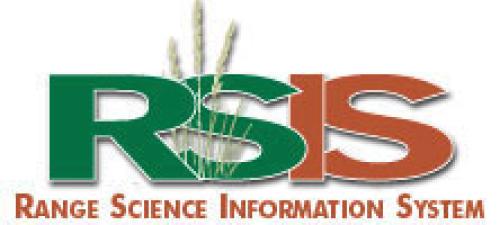In a field study in Oklahoma, chicory density at the start of grazing was greater on the silt loam soil of site 2 (4.5 plants/sq. ft.) than on the silty clay loam of site 1 (2.2 plants/sq.ft.). These densities of established plants remained constant at both sites, regardless of grazing treatment, throughout 1993. At the start of the 1994 growing season, there was no difference in plant density (4.3 plants/sq.ft.) between sites. Moderate and slow rotational treatments resulted in greater amounts of harvested forage (7010 and 7090 lb/acre, respectively) than the fast treatment (5890 lb/acre). It is likely that there was not adequate time for substantial leaf area accumulation between grazing periods under the fast rotation treatment, which is critical for regrowth after defoliation. Crude protein content of chicory forage prior to grazing averaged 18.3% and was similar during spring and fall grazing. In vitro dry matter digestibility of chicory forage prior to grazing averaged 70.9% and was not different among treatments. This data indicates that animal performance on chicory forage would be relatively high, and chicory therefore has the potential to be a productive and high quality forage crop in Oklahoma.

Citations and enhanced abstracts for journals articles and documents focused on rangeland ecology and management. RSIS is a collaboration between Montana State University, University of Idaho, and University of Wyoming.